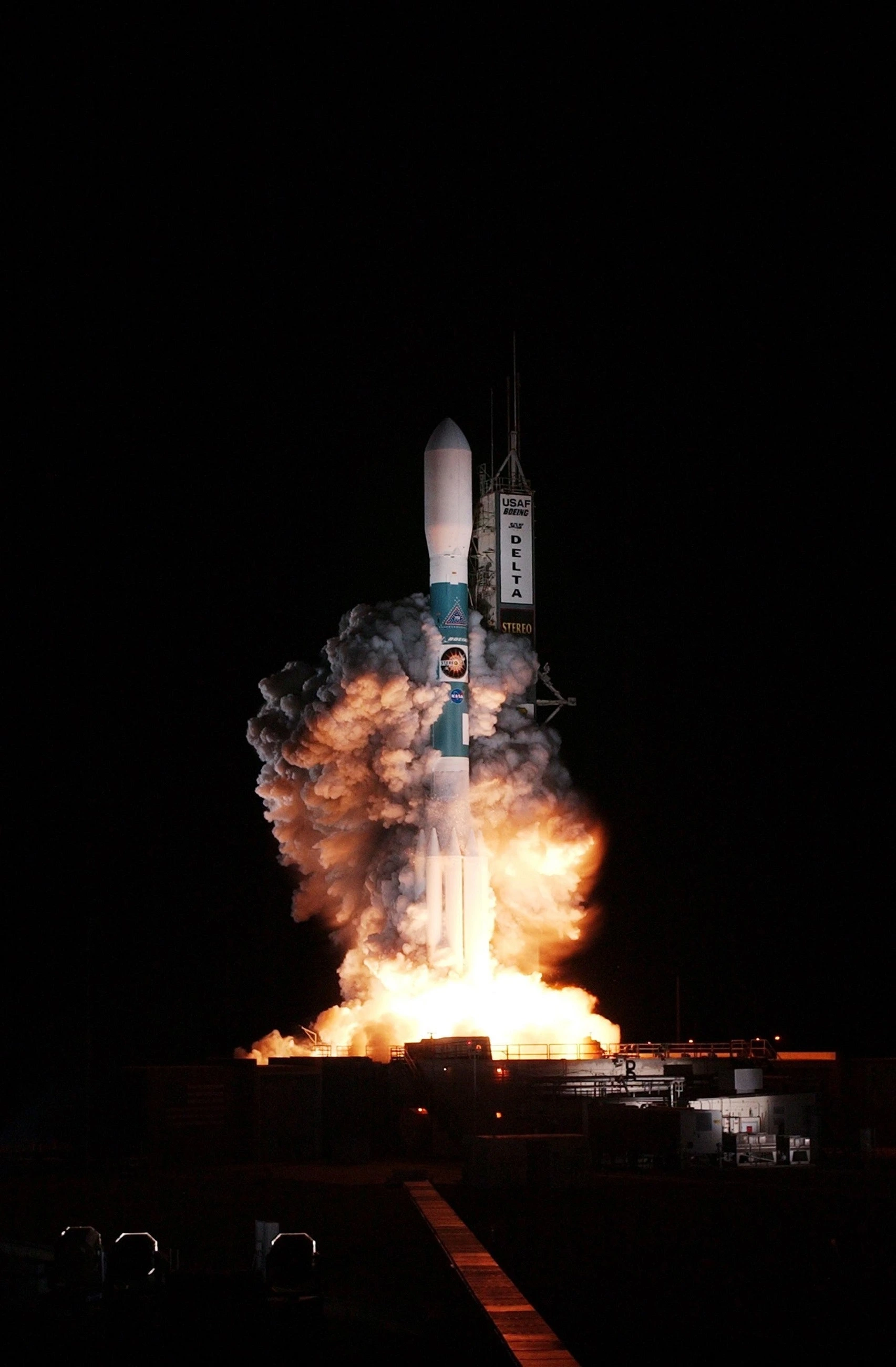Sample by My Essay Writer
A forensic fire investigation involves the examination of all fire-related incidents following the extinguishing of them by firefighters. The investigation includes closely surveying the damaged scene to determine the origin of the fire, and then identifying the cause of it (Icove, De Haan, & Haynes, 2013). Forensic fire investigation is one of the more complicated forensic sciences because the fire continuously alters and destroys evidence as it burns. In addition to this, the observations of damage following a fire may be independent of the path taken by the fire, which makes it difficult to pinpoint the origin (Ogle, Haussmann, Lucas, Capenter, & Morrison III, 2003). In order to do this, the investigator must possess a detailed knowledge of chemistry, physics, the behavior of fire, and the effects of it (Gorbett, Meacham, Wood, & Dembsey, 2015). A proper forensic fire investigation should determine the cause of the fire, the cause of the resulting property damage, and the cause of bodily harm or loss of life. [“Write my essay for me?” Get help here.]
The major objective of any forensic fire investigation is to collect data as required by the scientific method. The scientific method is a body of techniques for investigating phenomena, acquiring new knowledge, and correcting or integrating previous knowledge (Icove, De Haan, & Haynes, 2013). When performing any forensic investigation, the investigators must utilize a reliable methodology throughout their investigation. In the case of forensic investigations, the scientific method is broken into seven steps: identifying the problem, defining the problem, collecting data, analyzing data, developing a hypothesis, testing the hypothesis, and selecting the final hypothesis (Ogle, Haussmann, Lucas, Capenter, & Morrison III, 2003). When a problem is identified, we are recognizing the need for the investigation, that is, an event has occurred which has caused property damage, death, or injury, and its root cause needs to be determined. When a problem is defined, an action plan is developed to solve it, and the investigation begins with planned steps to solve the problem. In the third step, all available data is collected before any analyzation occurs, to prevent premature analyzation and hypothesis development (Ogle, Haussmann, Lucas, Capenter, & Morrison III, 2003). Following this, the data will be analyzed by experts in the field, who will utilize only facts and evidence when analyzing, rather than speculation. When analyzation is complete, the facts and evidence are considered together to help develop one or more hypotheses as to the cause of the identified problem. Once these are developed, they will be tested against all known facts and evidence to determine whether they are supported or refuted (Gorbett, Meacham, Wood, & Dembsey, 2015). When all hypotheses are tested, the ones that were refuted by the facts, evidence, and testing are discarded. In the last step of the investigation, the remaining hypotheses are evaluated to determine which one is final. If after the hypotheses have been tested, more than one is left over, the final hypothesis is selected by probability, in that it will be more likely to have occurred than the other remaining ones (National Institue of Justice, 2009). Applying this scientific method to fire investigation essentially means developing potential ignition and origin scenarios for the fire, and then testing these hypotheses against the acquired evidence to see whether they are supported or refuted. [Need an essay writing service? Find help here.]
In determining the potential ignition and origin scenarios of fires, fire dynamics, life cycles, and patterns are considered to develop the aforementioned hypotheses. Given sufficient fuel and ventilation, an uncontrolled fire will progress through the life cycle stages of ignition, growth, flashover, and decay. Fire dynamics works to apply physical and chemical principles to this progression through the life cycle in order to analyze specific aspects of the fire, and provide supporting or refuting evidence. When the fire interacts with different materials at the scene, it creates damage patterns that can be interpreted by understanding the behavior of the fire, the thermal response of the scene’s materials, and the fire suppression efforts undertaken when fighting the fire (Ogle, Haussmann, Lucas, Capenter, & Morrison III, 2003). Through utilizing these facts, progressions, and patterns, investigators can more efficiently undertake the scientific method to determine the origin and causation of fires. < Click Essay Writer to order your essay >
Physical evidence collected at the scene, and interpreted by scientific principles, provides a sound basis for developing hypotheses as to the causes and origins of fires. Through following the steps of the scientific method, investigators can ensure that they all follow the same methodology, to prevent inaccuracies in investigations such as evidence tampering, speculation, and incorrect interpretations
References
Gorbett, G. E., Meacham, B. J., Wood, C. B., & Dembsey, N. A. (2015, May 28). Fire Science Reviews. Retrieved from Use of damage in fire investigation: a review of fire patterns analysis, research and future direction:
Icove, D. J., De Haan, J. D., & Haynes, G. A. (2013). Forensic Fire Scene Reconstruction (3rd ed.).Upper Saddle River, NJ: Pearson.
National Institue of Justice. (2009, June 1). Retrieved from A Guide for Investigating Fire and Arson:
Ogle, R. A., Haussmann, G., Lucas, R. J., Capenter, A. R., & Morrison III, D. R. (2003). DRI.Retrieved from The Scientific Investigation of Arson Fires:








